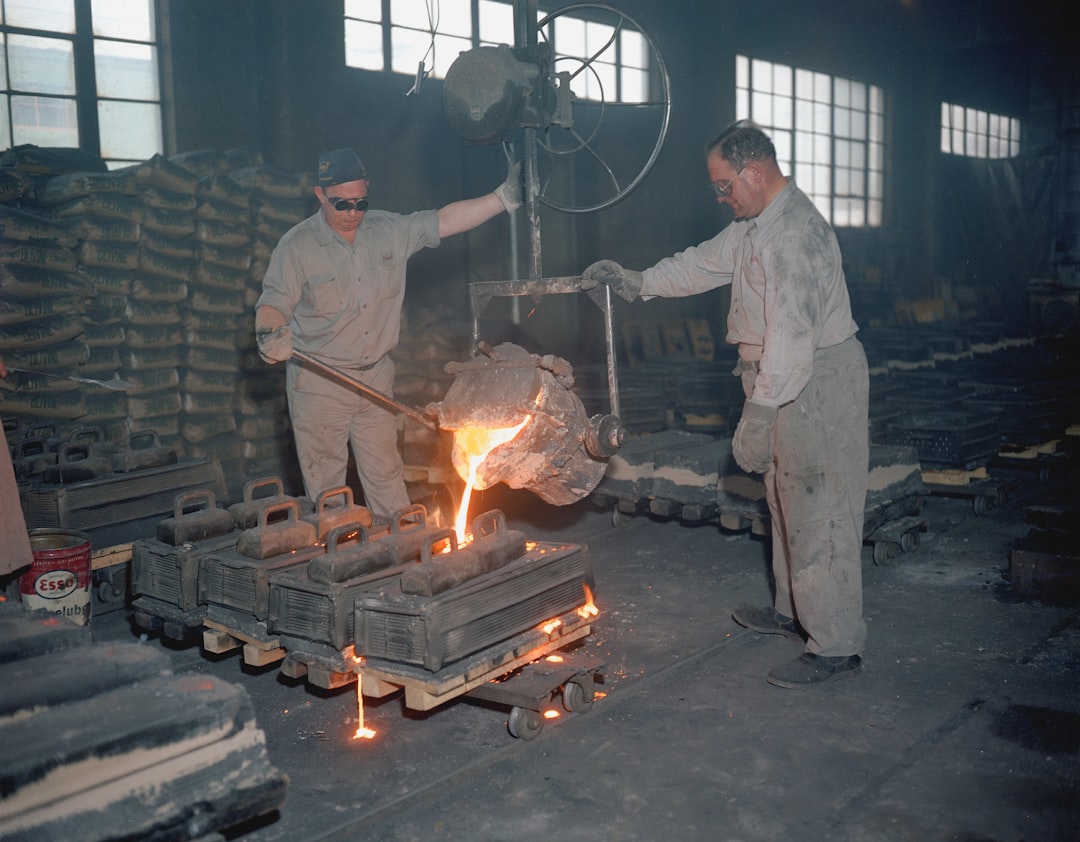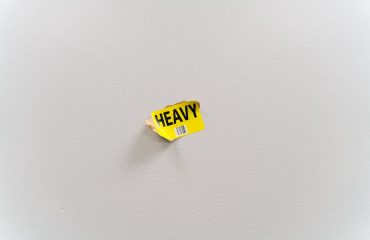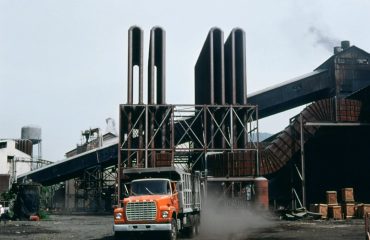body {
font-family: sans-serif;
line-height: 1.6;
}
h1, h2, h3 {
color: #333;
}
h1 {
font-size: 2.5em;
}
h2 {
font-size: 2em;
}
h3 {
font-size: 1.5em;
}
Industrial machinery relies heavily on a robust and efficient piping system. Often overlooked, these pipes are the circulatory system of the machine, transporting vital fluids, gases, and slurries that power processes and ensure smooth operation. Understanding the nuances of industrial pipe usage is crucial for safety, efficiency, and longevity of any industrial operation. This comprehensive guide explores the key aspects of pipe usage in industrial machinery.
Material Selection: Choosing the Right Pipe for the Job
The selection of pipe material is paramount and depends heavily on the fluid being transported, the operating pressure and temperature, and the surrounding environment. Common materials include:
- Carbon Steel: A versatile and cost-effective option for many applications, particularly for transporting water, steam, and oil at moderate pressures and temperatures. However, it’s susceptible to corrosion, requiring protective coatings or more resistant alloys in corrosive environments.
- Stainless Steel: Offers superior corrosion resistance, making it ideal for handling chemicals, acidic substances, and high-purity fluids. Different grades of stainless steel (e.g., 304, 316) provide varying degrees of corrosion resistance and strength.
- Cast Iron: Used for applications requiring high pressure and temperature resistance, though its brittleness makes it susceptible to damage from impact. Often used in older systems but is gradually being replaced by more modern materials.
- Copper: Excellent thermal conductivity, making it suitable for heat transfer applications. It’s also resistant to corrosion but can be expensive.
- PVC and other Plastics: Lightweight and corrosion-resistant, these are suitable for low-pressure applications and handling chemicals incompatible with metals. However, they have temperature limitations and lower pressure ratings compared to metallic pipes.
Careful consideration of material compatibility with the transported fluid is essential to prevent leaks, corrosion, and contamination.
Design Considerations: Ensuring Optimal Performance and Safety
Proper pipe design is crucial for ensuring efficient fluid transport and preventing failures. Key design considerations include:
- Pipe Diameter and Length: These factors influence flow rate and pressure drop. Incorrect sizing can lead to inefficient operation or excessive pressure build-up.
- Pipe Fittings and Valves: Elbows, tees, flanges, and valves must be correctly selected and installed to minimize pressure loss and ensure proper fluid control. The material compatibility of fittings with the pipe material is crucial.
- Support Structures: Pipes must be adequately supported to prevent sagging, vibration, and potential damage. Support structures need to be designed to handle the weight of the pipe and the fluid it contains, especially at high pressures.
- Expansion Joints: These accommodate thermal expansion and contraction, preventing stress on the pipe system due to temperature fluctuations.
- Pressure Ratings: Pipes and fittings must be selected with pressure ratings exceeding the maximum operating pressure to ensure safety.
Detailed engineering calculations and adherence to industry standards are essential in pipe design to ensure a safe and efficient system.
Safety Protocols: Minimizing Risks in Industrial Piping Systems
Industrial piping systems pose potential hazards, including high pressure, hazardous fluids, and potential leaks. Stringent safety protocols are essential to mitigate these risks:
- Regular Inspections: Routine visual inspections and pressure testing should be carried out to detect leaks, corrosion, or damage.
- Proper Isolation and Lockout/Tagout Procedures: Before any maintenance or repair work, the pipe section must be properly isolated and locked out to prevent accidental release of fluids or activation of equipment.
- Personal Protective Equipment (PPE): Workers handling industrial piping systems must wear appropriate PPE, including safety glasses, gloves, and protective clothing, depending on the fluid being handled.
- Emergency Shutdown Systems: Systems should be equipped with emergency shutdown mechanisms to quickly isolate sections of the piping system in case of leaks or other emergencies.
- Training and Competency: Personnel working with industrial piping systems should receive adequate training on safety procedures and emergency response.
A comprehensive safety program is crucial to prevent accidents and protect workers.
Maintenance and Repair: Ensuring System Longevity
Regular maintenance is vital to ensure the long-term performance and safety of industrial piping systems. This includes:
- Cleaning and Flushing: Periodically cleaning and flushing the pipes to remove sediment, scale, and other contaminants helps maintain efficiency and prevent blockages.
- Corrosion Protection: Applying protective coatings or using corrosion-resistant materials can significantly extend the lifespan of the piping system.
- Leak Detection and Repair: Promptly addressing leaks is crucial to prevent further damage and environmental hazards. Leak detection methods can range from visual inspections to sophisticated leak detection technologies.
- Valve Maintenance: Regular inspection and lubrication of valves ensure proper operation and prevent leaks.
- Scheduled Inspections and Testing: Implementing a preventative maintenance schedule with regular inspections and pressure testing helps identify potential problems before they become major issues.
A proactive maintenance approach significantly reduces the risk of failures and extends the lifespan of the piping system.
Common Applications of Industrial Piping in Machinery
Industrial piping systems are integral to a wide range of machinery and processes:
- Chemical Processing: Transporting various chemicals and solvents.
- Oil and Gas Refineries: Handling crude oil, refined products, and gases.
- Power Generation: Transporting steam, water, and other fluids in power plants.
- Food and Beverage Processing: Transporting fluids and ingredients in food processing plants.
- Pharmaceutical Manufacturing: Handling sterile fluids and chemicals in pharmaceutical production.
- HVAC Systems: Distributing heating and cooling fluids in buildings and industrial facilities.
The specific requirements of the piping system will vary greatly depending on the application, emphasizing the need for careful design and material selection.
In conclusion, the seemingly simple pipe plays a critical role in the performance and safety of industrial machinery. Understanding material selection, design considerations, safety protocols, and maintenance practices is essential for ensuring efficient and safe operation. By prioritizing these aspects, industries can maximize the lifespan and productivity of their equipment while minimizing risks.
Tags: industrial pipes, pipe usage, machinery pipes, pipe design, industrial pipe maintenance




